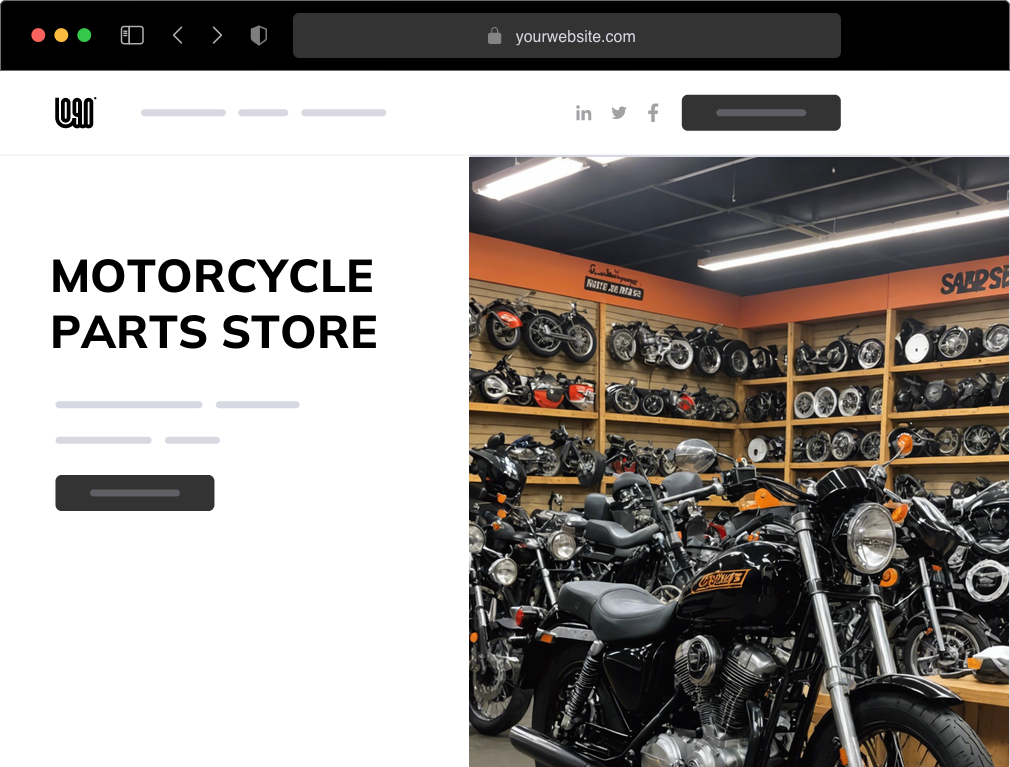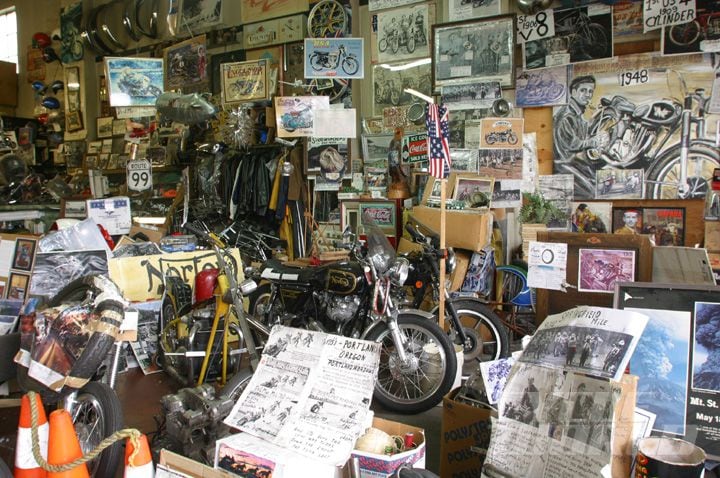Check Out the current Motocross Gear NZ for each Degree of Rider
Check Out the current Motocross Gear NZ for each Degree of Rider
Blog Article
Comprehending the Vital Components of a Bike: A Comprehensive Guide for Lovers
For motorcycle lovers looking to boost their riding experience and guarantee their bikes run efficiently, recognizing the vital components of a motorcycle is paramount. Each aspect, from the engine's complex operations to the critical duty of the stopping devices, not just influences efficiency yet additionally safety and security and convenience.
Engine Parts

The camshaft plays an essential duty in managing the timing of the engine's valves, ensuring the exact opening and closing necessary for reliable fuel and air intake, along with exhaust expulsion. This timing is critical to keeping optimal engine efficiency and performance. In addition, the carburetor or gas shot system, depending on the motorbike design, is in charge of blending air with gas in the correct proportion for combustion.
The cooling system, either air or liquid-based, works to maintain the engine's temperature within operational limits, preventing overheating and making sure long life - moto parts nz. Each element, diligently designed and integrated, adds to the smooth operation of the engine, defining the motorcycle's power outcome and overall performance
Transmission System
Important to the bike's functionality, the transmission system makes certain reliable power transfer from the engine to the wheels. This system consists of numerous critical elements, consisting of the clutch, gearbox, and final drive, each playing a crucial role in translating the engine's power into movement. The clutch, generally run by a hand lever, serves to disengage the engine and involve from the transmission, allowing for smooth gear changes and regulated velocity.
The transmission, often referred to as the transmission correct, has a collection of equipments that cyclists can by hand move with to readjust the bike's speed and torque output. These equipments are prepared in a series that makes it possible for the bike to speed up smoothly and maintain optimal engine efficiency throughout different speeds. Most motorbikes use a sequential gearbox, needing the motorcyclist to change gears in an established order.
Braking Devices
While comprehending the transmission system is key to harnessing a motorbike's power, equally important is the capability to manage and stop that power effectively, which is where stopping mechanisms come into play. Brakes are important for security and efficiency, offering the rider with the necessary control to browse different surfaces and conditions. Generally, motorcycles include two types of stopping systems: disc brakes and drum brakes.
Disc brakes are much more widespread in modern bikes due to their superior performance. This system uses better warmth dissipation, consistent performance, and improved quiting power, particularly in damp problems.
Conversely, drum brakes, though less common, are still discovered in some bikes. They work by pushing brake shoes against the inner surface area of a drum affixed to the wheel. While typically much less reliable in heat dissipation and quiting power, drum brakes are simpler and more cost-effective.
Recognizing these braking systems' nuances allows cyclists to maintain their motorcycles effectively and appreciate the engineering that ensures risk-free and reliable stopping.
Suspension and Steering
Suspension and steering systems are crucial parts that dramatically affect a bike's handling and trip comfort. The suspension system, containing forks at the front and shock absorbers at the back, soaks up road abnormalities, boosting security and control. Front forks, inverted or typically telescopic, compress and rebound to mitigate effects, while rear shock absorbers maintain tire call with the road, crucial for traction and safety and security.
Guiding, focused around the handlebars, links the cyclist to the bike's directional control. The steering head bearings guarantee smooth operation, enabling exact maneuverability. Correct placement and maintenance of these bearings are vital for predictable steering action and minimizing cyclist tiredness.
The suspension's adjustability is another essential element; preload, damping, and rebound setups enable modification to suit numerous riding designs and problems. This versatility is crucial for maximizing efficiency, whether browsing urban roads or dealing with rugged trails. Developments like digital shock absorber offer real-time changes, enhancing adventure top quality across varied terrains.

Electrical Equipments
After making sure a regulated and he said smooth trip via effective suspension and steering systems, interest turns to the electrical systems, an essential element of modern-day motorcycles. These systems play a vital role not just in starting the engine however also in powering different parts that improve the capability and safety of the motorbike.
At the heart of a bike's electrical system is the battery, which shops electric power necessary for starting the engine and powering auxiliary systems - motocross gear. The generator or generator, paired with the rectifier-regulator, guarantees the battery continues to be charged while the motorcycle is in operation, transforming mechanical power into electrical energy and preserving voltage levels
The ignition system, an additional crucial element, is accountable for igniting the air-fuel combination in the engine's cyndrical tubes. Modern bikes usually utilize an electronic ignition system, offering greater effectiveness and dependability contrasted to typical systems.
Lighting systems, consisting of fronts lights, tail lights, and indicators, are likewise crucial, making certain presence and safety for the motorcyclist. Extra electronic components such as sensors, control units, and shows contribute to advanced attributes like gas injection management, anti-lock stopping systems (ABDOMINAL), and digital control panels, better enhancing the riding experience.
Final Thought
A complete comprehension of a bike's vital components, consisting of the engine, transmission system, braking devices, suspension, steering, and electric systems, is crucial for lovers intending to enhance safety, efficiency, and convenience. Proficiency of these elements permits informed decisions pertaining to maintenance and upgrades, ultimately improving the riding experience. By incorporating this expertise, bikers can ensure their bikes operate at peak efficiency and dependability, thereby taking full advantage of both satisfaction and long life of their lorries.
For motorbike fanatics looking to boost their riding experience and guarantee their bikes run efficiently, comprehending the crucial parts of a motorcycle is critical.Essential to the motorcycle's functionality, the transmission system makes sure effective power transfer from Visit Website the engine to the wheels.While understanding the transmission system is essential to using a motorcycle's power, similarly essential is the ability to manage and stop that power successfully, which is where braking systems come right into play. Usually, motorbikes include 2 types of stopping systems: disc brakes and drum brakes.
A thorough understanding of a bike's important elements, including the engine, transmission system, braking mechanisms, suspension, motorcycle riding boots for sale guiding, and electric systems, is crucial for fanatics intending to maximize safety, performance, and convenience.
Report this page